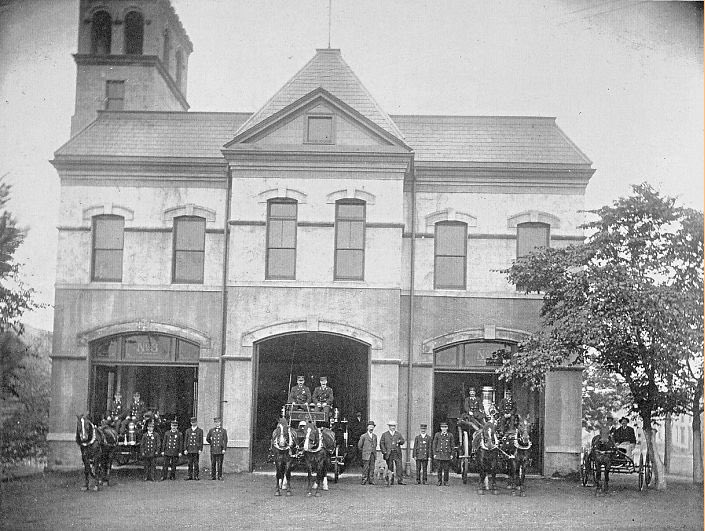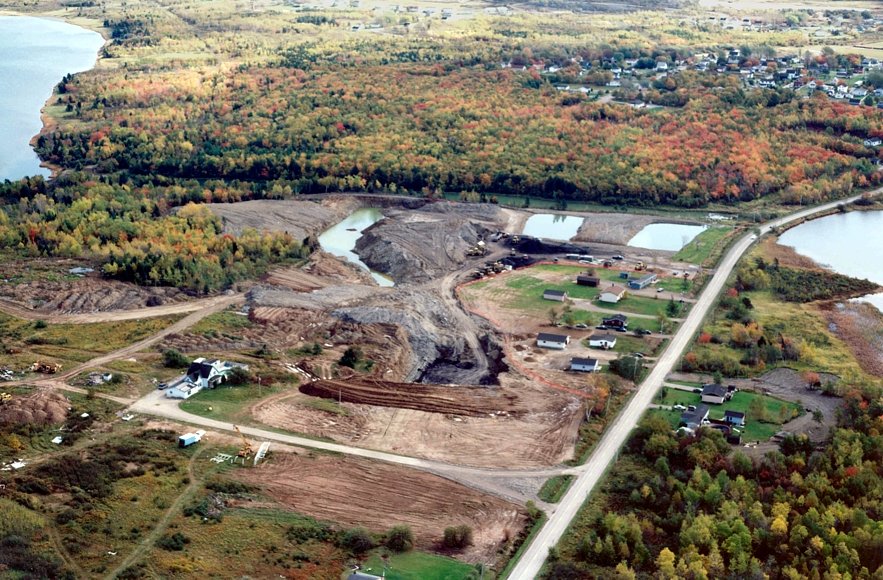#Gold was discovered in #Molega in June 1886, reportedly by two men from nearby #Brookfield, Robie Hunt and Hubert Spidel.
Check out this history of mining in the area!
#nspoli #cbpoli #novascotia
@GordonWilsonLNS @BernJordanMP @RegionofQueens #queenscounty #nshistory @LHNOWnews

Check out this history of mining in the area!
#nspoli #cbpoli #novascotia
@GordonWilsonLNS @BernJordanMP @RegionofQueens #queenscounty #nshistory @LHNOWnews

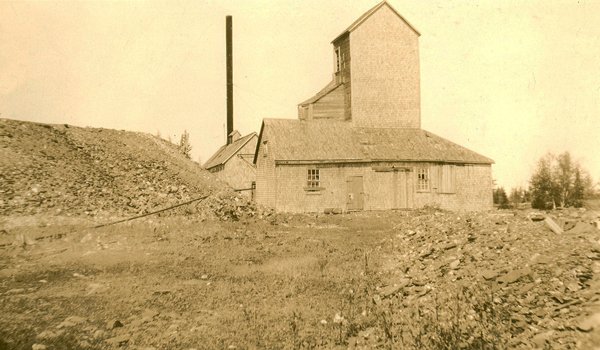
There was a rush of prospectors into the area, which is in #QueensCounty between the #Molega and Ponhook lakes. Molega quickly grew from a population of a dozen to over a thousand, and four general stores, a school and three hotels were built within a few years.
#nspoli #cbpoli
#nspoli #cbpoli

Work in 1886 exposed several #gold-bearing quartz veins and mining began.
#nspoli #cbpoli #novascotia
#nspoli #cbpoli #novascotia

Prospecting continued in 1887 and in 1888 the Malaga Mining Company (“Malaga” was an alternate spelling) built a 20-stamp mill on the shore of Ponhook Lake and mined under John McGuire from Maine, who had interests in #gold mines in both Queen's and #Lunenburg counties.
#nspoli
#nspoli

The Parker-Douglas Company, established in 1886, mined in the northern part of the district and put in a stamp mill and an air compressor to power a mining drill.
#nspoli #cbpoli #novascotia
#nspoli #cbpoli #novascotia

The Minneapolis and Molega Mining Company did a large amount of development work at the east end of the district and built a 20-stamp mill, but results were poor and the mine was closed.
#nspoli #cbpoli #novascotia
#nspoli #cbpoli #novascotia

In 1889, the district was spoken of as the most important in the province when nearly 4,000 ounces of #gold were recovered by the Parker-Douglas Company and the Malaga Mining Company. Malaga produced over three-fourths of the total.
#nspoli #cbpoli #novascotia
#nspoli #cbpoli #novascotia

This started a 4-year run in which the Molega Gold District had its biggest years of production.
3883 ounces were produced in 1890 by four companies, including Malaga and Parker-Douglas, but Malaga was again the big winner: it produced over half of the district’s #gold that year.
3883 ounces were produced in 1890 by four companies, including Malaga and Parker-Douglas, but Malaga was again the big winner: it produced over half of the district’s #gold that year.

In 1891, 4664 ounces were produced. It was the district’s biggest year, but the Parker-Douglas mine closed.
2656 ounces were produced in 1892, much of it from the Malaga Mining Company which produced a total of 9900 ounces from 1888-1892.
#nspoli #cbpoli #novascotia
2656 ounces were produced in 1892, much of it from the Malaga Mining Company which produced a total of 9900 ounces from 1888-1892.
#nspoli #cbpoli #novascotia

Mining in the district declined after 1892. There was no reported production in 1893, 1060 ounces were produced in 1894, and nothing from 1895-7.
2040 ounces were produced in 1898 but production after that was sporadic and mostly small-scale.
#nspoli #cbpoli #novascotia
2040 ounces were produced in 1898 but production after that was sporadic and mostly small-scale.
#nspoli #cbpoli #novascotia
#Gold in Molega was particularly coarse and nuggety, making it both very valuable and easy to steal – slipping a nugget into your pocket is easier than trying to swipe a bunch of tiny flecks of gold that can only be separated in a mill.
#nspoli #cbpoli #novascotia
#nspoli #cbpoli #novascotia

It’s believed the Molega district’s production is underreported due to theft.
A recession in the United States – the Panic of 1893 - was also a challenge for Molega and other #gold districts since much of the capital that financed the mines came from the US.
#nspoli #cbpoli
A recession in the United States – the Panic of 1893 - was also a challenge for Molega and other #gold districts since much of the capital that financed the mines came from the US.
#nspoli #cbpoli

The district also saw a great deal of bad management. Men with little or no mining experience were placed in charge of important works and business was sometimes conducted in an extravagant and unscrupulous manner.
#nspoli #cbpoli #novascotia
#nspoli #cbpoli #novascotia

For example, Gilbert Parker arrived in #QueensCounty from Philadelphia in 1886. The Philadelphia and Caledonia Mining Company, of which he was president, started a new 10-stamp mill at Whiteburn that year and the Parker-Douglas Company was also founded.
#nspoli #cbpoli
#nspoli #cbpoli

(Nelson F. Douglas was a prominent Caledonia merchant).
Parker was also president of two Boston-based companies, the Queens County Mining Company and the Rossignol Mining Company, both of which owned mines in the Whiteburn #Gold District.
#nspoli #cbpoli #novascotia
Parker was also president of two Boston-based companies, the Queens County Mining Company and the Rossignol Mining Company, both of which owned mines in the Whiteburn #Gold District.
#nspoli #cbpoli #novascotia

Parker invested heavily in exploration and the latest equipment for his properties.
#nspoli #cbpoli #novascotia
#nspoli #cbpoli #novascotia
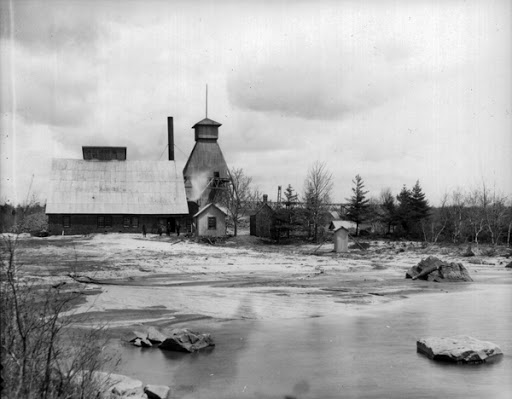
For example, the Parker-Douglas mine in Molega was described by the Department of Mines as "probably the best equipped mine in the province" with compressed air drills for mining, diamond drills for exploration, hoisting gear and a large stamp mill.
#nspoli #cbpoli #novascotia
#nspoli #cbpoli #novascotia

All of this would suggest that Parker was a man of both financial resources and mining expertise.
However, his Molega mine had only reached an average depth of 100 feet after three years of work, very little progress, and it closed in November 1891.
#nspoli #cbpoli #novascotia
However, his Molega mine had only reached an average depth of 100 feet after three years of work, very little progress, and it closed in November 1891.
#nspoli #cbpoli #novascotia

With his mining empire collapsed – the Caledonia mine’s facilities were destroyed in an 1890 fire and his other mines were closed due to poor returns - Parker returned to Philadelphia that December.
#nspoli #cbpoli #novascotia
#nspoli #cbpoli #novascotia

An interesting footnote is that the Oland family played a role at Molega starting in 1938.
#nspoli #cbpoli #novascotia @LabattBreweries @AlexanderKeiths
#nspoli #cbpoli #novascotia @LabattBreweries @AlexanderKeiths

Sydney C. Oland, grandson of the brewery’s founder and its president for many years, also ran Queens Mines Limited, a company that operated two mines in Molega, including the former Parker-Douglas site.
#nspoli #cbpoli #novascotia @LabattBreweries @AlexanderKeiths
#nspoli #cbpoli #novascotia @LabattBreweries @AlexanderKeiths

Profits were not as hoped and he left Molega in 1946. While we associate the Oland name with the brewery, Sydney Oland had a range of business interests, including an attempted acting career in Hollywood. He also built the @SailBluenoseII and helped found @NeptuneTheatre
#nspoli
#nspoli
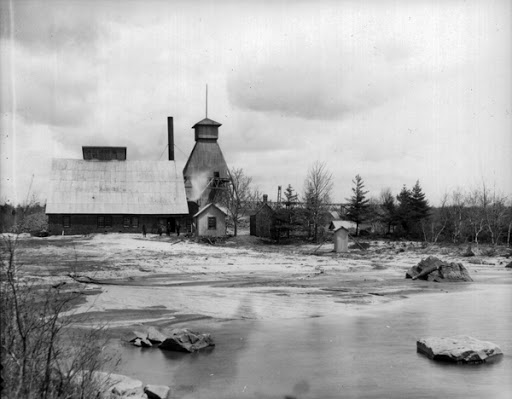
The #Molega Gold District’s total production from 1888-1950 was 33,460 ounces.
This is our third post about #gold mining in the area. To read the others, see our posts about Brookfield (April 28, 2020) and Whiteburn (March 13, 2020).
#nspoli #cbpoli #novascotia @RegionofQueens

This is our third post about #gold mining in the area. To read the others, see our posts about Brookfield (April 28, 2020) and Whiteburn (March 13, 2020).
#nspoli #cbpoli #novascotia @RegionofQueens


• • •
Missing some Tweet in this thread? You can try to
force a refresh





